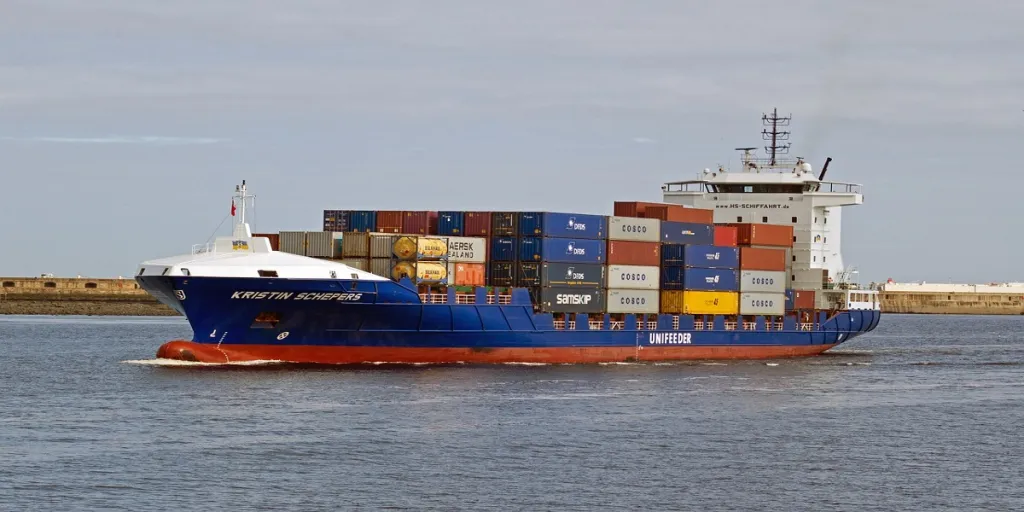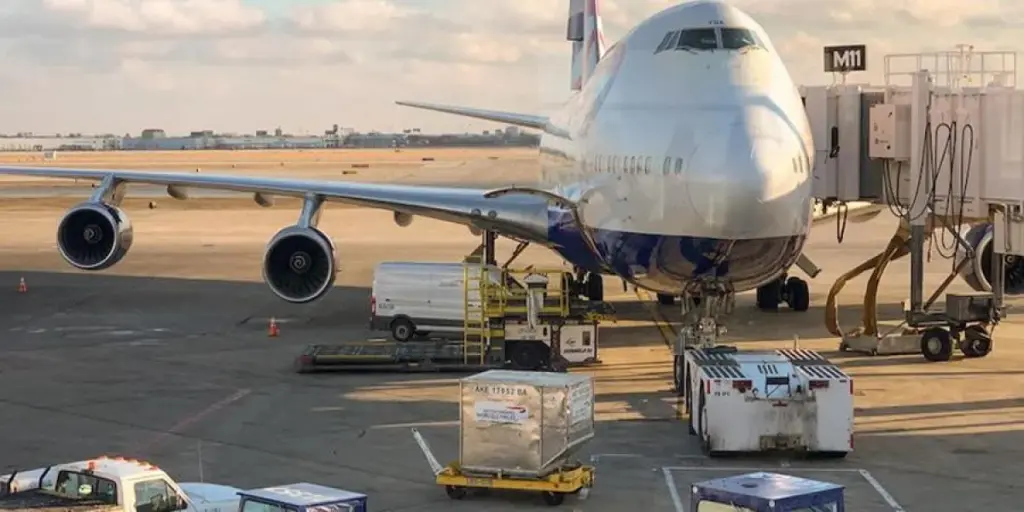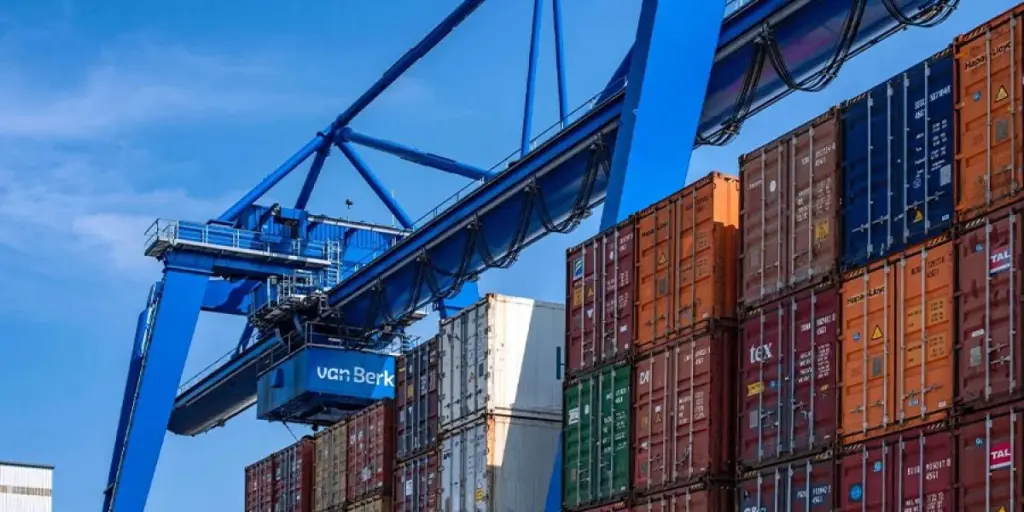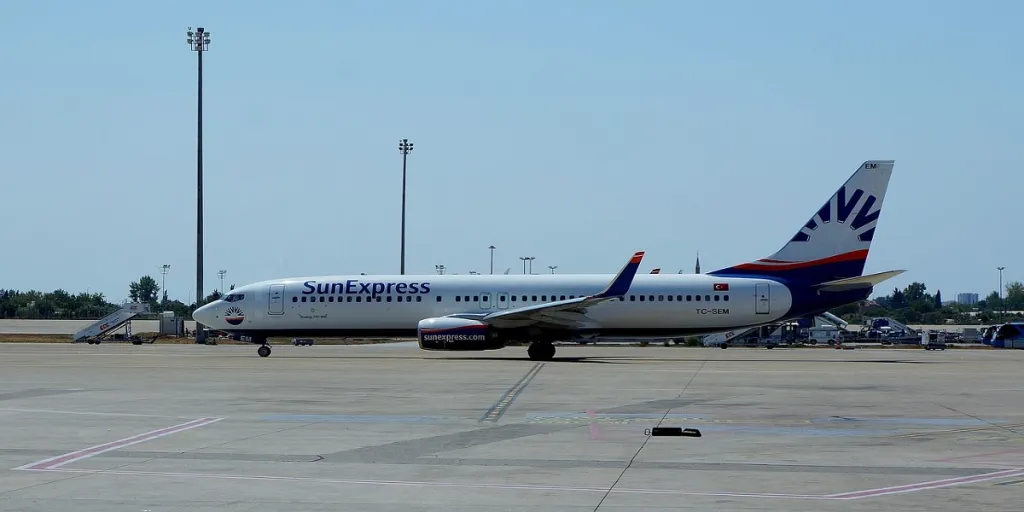Congratulations on completing an international order with a new client or supplier! Yet this achievement also marks the beginning of a potentially challenging process involving the clearance of your goods by Customs—the government authority responsible for regulating imports and exports into and out of a country.
Here, let’s explore what customs clearance is all about, understand the standard customs clearance process, identify essential documents required for customs clearance, and discuss some common challenges of the process along with tips to tackle them.
Table of Contents
1. Meaning and importance of customs clearance
2. The customs clearance process
3. Essential documentation for customs clearance
4. Dealing with customs clearance challenges
5. Staying informed on customs regulations
Meaning and importance of customs clearance
Customs clearance is fundamentally the procedure of submitting documents and securing approval from the pertinent authorities of both the exporting and importing countries. These bodies oversee the inspection and authorization of goods crossing borders, guarantee compliance with global trade treaties and local trade laws, and all necessary import duties and taxes are settled.
This mechanism permits the transfer of products into and out of countries while adhering to the regulatory requirements, as shippers must comply with the obligatory customs declaration with comprehensive information about the shipment.
Since Customs procedures vary by country, it’s paramount for exporters and importers to conduct proper research on the specific requirements of each destination involved.
The customs clearance process
In general, the customs clearance process can be divided into three stages: the inspection stage, followed by taxes and duties calculation, and finally, payment for release. However, this is a general process in a nutshell, the actual steps and procedures may vary depending on the country, the type of goods, and the mode of transport.
Inspection
The customs clearance process, akin to many procedures involving governmental scrutiny, commences with a thorough inspection of documents (and if determined necessary, of physical goods). This initial scrutiny placed emphasis on the presence and correctness of all required documents. All necessary paperwork, such as invoices, certificates of origin, and shipping documents, are verified to ensure their presence and that each of them is accurately filled.
Aside from the compulsory document inspection, physical inspections may also be carried out, depending on the policies of the particular countries or Customs authorities involved. Some nations opt for a random, spot-check approach, utilizing random sampling to determine which shipments warrant a physical examination.
Meanwhile, most other countries or Customs authorities employ risk assessment methodologies to ascertain the necessity for physical inspections. In the United States, for instance, Customs and Border Protection (CBP) utilizes the Automated Targeting System (ATS) to assign a risk score to each shipment based on multiple factors, including the shipment’s origin, destination, and the historical records of both the shipper and consignee. Shipments with higher risk scores are more likely to be subjected to physical inspection.
Tax and duty calculation
Progressing from documentation inspection and potential physical inspection, the process advances to the tax and duty calculation phase, generally at the importing country (most countries don’t impose export duties). At this stage, Customs authorities assess the applicable duties based on various factors, primarily the goods’ value, type, and any specific import regulations of the importing country.
The Harmonized System (HS) codes play a significant role in this step in order to determine the tariff rate per product. The key focus at this stage highlights the importance of accurate product classification and valuation, which is generally based on the transaction value of the imported goods, to preclude any fiscal penalties and customs hold-ups.
Payment and release
In the payment of taxes and duties phase of the customs clearance process, understanding Incoterms (International Trade Terms) is crucial in differentiating the responsibilities between the seller and buyer in the context of regulatory compliance for exports and imports.
Incoterms such as Delivered Duty Unpaid (DDU) and Delivered Duty Paid (DDP) are critical for shippers to decide who bears the responsibility for these payments, with DDP indicating prepayment by the shipper for a smoother transition, contrasting with DDU, which may invite additional costs for the recipient.
Finally, the release of shipments marks the culmination of the customs clearance process. Upon satisfactory inspection and duty settlement, goods are released to proceed to their final destination. It’s worth noting that despite the taxes and duties payment completion, this stage may still involve specific requirements fulfillment for certain categories of goods prior to the official release of the goods, such as proper labeling and packaging for hazardous materials, highlighting the necessity for adherence to all regulatory standards.
Essential documentation for customs clearance
There are quite a few types of important documents for customs clearance, but the following are the four must-have documents. Collectively, these documents ensure compliance with the import/ export regulations, provide a comprehensive overview of a shipment’s details, facilitate the calculation of duties and taxes, and prove the legality and origin of the goods.
Let’s look at them in a logical sequence that follows the typical flow of information required throughout the process.
Commercial Invoice
Commercial Invoice is the fundamental document that initiates the entire process as it defines the value and intricate details of the traded goods. It also specifies the transaction’s details, such as the terms of sale (e.g., Incoterms) and payment and both parties’ contact information. Primarily, Customs use this document to accurately determine the customs value of the shipment, and assess duties and taxes. It’s also a key document for the buyer to arrange for payment.
For effective customs clearance, a Commercial Invoice must include comprehensive details of both the seller and buyer’s contact information, including names and addresses, alongside shipping specifics like the shipping address and mode. It should cite the invoice and customer reference numbers, sale and payment conditions, incorporating Incoterms and payment method, as well as the agreed-upon currency for settlement.
Product descriptions should encompass quantity, the unit of measurement, and thorough details like size. Additionally, the invoice must outline pricing details, including unit prices, any additional charges, and the total price reflecting the commercial value. Lastly, country of origin details and any necessary certifications or declarations should be included too.
It should also be highlighted that even though very similar to the Commercial Invoice, the Pro Forma Invoice serves as an initial estimate and may not be as detailed as an official Commercial Invoice. Despite this, many Customs authorities accept it for clearance purposes. In the U.S., for example, a Pro Forma Invoice is permissible at the time of entry, with the condition that the official Commercial Invoice follows within 120 days. This allows for the smooth progression of goods through customs while awaiting complete documentation.
Bill of Lading (BOL) / Airway Bill (AWB)
A Bill of Lading (BOL) or an Airway Bill (AWB) serves as a contract between the shipper or owner of the goods and the carrier. The BOL is used for ocean freight, while the AWB is specific to air transportation. Each document specifies the type, quantity, and intended destination of the cargo, allowing for the claiming of the goods upon arrival.
BOL primarily acts as a document of title, conferring transferable legal ownership of the listed goods when issued as a negotiable BOL. This negotiability means that it can be used to claim, sell, or secure financing for the goods in transit. Conversely, if it’s issued as a non-negotiable or straight BOL, it is consigned directly to a named party and cannot be transferred, serving as a “title” only in that it allows the named consignee to get the goods.
To the carriers, they issue the BOL to outline all the specific terms and conditions and shipment details under which the goods are transported to ensure their commitment to fulfilling these conditions, making it a crucial legally binding agreement. The BOL is essential across all transportation modes and the original BOL must be signed by authorized representatives of the shipping company, the carrier, and the recipient of the goods.
Packing List
A Packing List can be thought of as the ‘birth certificate’ for a shipment as it summarizes the details of a package and is normally pasted outside of a package with an additional copy placed within. It supplements the Bill of Lading by detailing the shipment’s contents and outlining all the details of the package, including the method of packaging, as well as the size, measurements, and weight of each individual packing.
Since it lists out all the items in each package, whether it be boxes, pallets, or other units, this document is vital for the customs clearance process. Customs officials utilize it to verify that the contents correspond with the listed description and accurately determine the duties and taxes owed.
Certificate of Origin (CO)
The Certificate of Origin (CO), also known as C.O.O, is crucial to identifying the country where goods were manufactured and verifying their origin. It is essential for calculating tariffs, as it confirms whether goods are eligible for reduced tariffs under Free Trade Agreements (FTA), and it plays a key role in enforcing trade embargoes or tariffs based on the country of origin. Furthermore, it also helps to confirm the eligibility of goods for import.
Typically, exporters issue the CO as a simple origin statement on the company’s letterhead. However, certain countries, particularly in the Middle East, may require a notarized or authenticated copy. In addition, various countries’ authorities provide official CO templates, such as the template recommended by the CBP. In essence, the requirements for a CO, including the number of copies needed and the language used, can vary significantly depending on the product and the country.
Dealing with customs clearance challenges
HS Code classifications
Accurate identification of HS codes is essential to ensure compliance with customs regulations worldwide. The HS codes, developed by the World Customs Organization (WCO) and adopted by over 200 countries, provide a uniform classification for goods in international trade. This system is fundamental to customs operations worldwide, aiding in the determination of tariffs applicable to imported goods, ensuring compliance with trade agreements, and facilitating the monitoring and control of goods entering a country.
For instance, errors in the HS Code in the U.S., or more specifically, named HTS (Harmonized Tariff System) Code classification in the United States as an extension of the international HS Code, can lead to significant issues. Among them, include incorrect duty calculations, monetary penalties, delays in delivery, or the possibility of CBP confiscating items for non-compliance with trade laws.
To minimize errors and ensure accuracy, meticulously researching and applying the correct HS codes can dramatically accelerate the customs clearance process. Exporters and importers may also consult the WCO website for more information and the latest country-specific Tariff Schedules based on HS to identify the most appropriate code for their products. Another direct and faster approach to resolving complex HS code classification issues is to seek the assistance of a customs broker, which can be invaluable for avoiding the risk of misclassification and circumventing steep fines and processing delays.
Documentation
It’s imperative to recognize that documents involved in the customs clearance process essentially constitute a comprehensive declaration. Some consider an import declaration a “mini tax return”, filed upon every entry. In other words, the fidelity and precision of the information provided in these documents must be managed with utmost care.
It’s equally important to understand that besides the aforementioned standard customs documents involved, Customs authorities of different countries may still require additional forms to be filled out by the respective traders.
Nevertheless, given the extensive amount of information and documentation required for customs clearance, traders often encounter the following typical issues:
– Ambiguous or insufficient content descriptions
– Absence or incompleteness of documents
– Discrepancies or mismatches between the provided information and the actual shipment
– Information not aligned with the most current requirements set by the authorities.
In light of this, the most prudent course of action to address these common documentation challenges is to underscore the importance of detailed and accurate documentation and the benefits of leveraging the expertise of customs brokers. Prompt communication, compliance with current regulations, and thorough preparation are crucial to overcoming these documentation challenges.
Fail to comply with other related regulations
Adhering to all related regulations for imports and exports is crucial for ensuring a smooth customs clearance process, including compliance with additional regulatory bodies beyond Customs. For example, products such as pharmaceuticals, beauty items, chemicals, military goods, and other specialized goods typically fall under the jurisdiction of specific regulatory authorities and may require additional forms, permits, and licenses for import purposes.
Neglecting the mandates set by other regulatory bodies and failing to adhere to established import laws and regulations may result in severe consequences such as delays, monetary penalties, or the confiscation of goods.
To ensure adherence to these varied regulations, exporters and importers must conduct in-depth research to understand the unique regulations imposed by each relevant authority, particularly for potentially sensitive products. In the United States, for example, parties involved can consult official resources to learn about the necessary import license application process and requirements, as well as contact respective agencies for guidance.
The distinct differences between the requirements for exports versus imports emphasize the importance of Incoterms that specify the allocation of responsibilities. For instance, terms like DAP (Delivered at Place) and DDP (Delivered Duty Paid) are vital in clarifying who between the seller and buyer should manage the import and bear duty/tax payment obligations, with DPP signifying that the seller has to bear most responsibilities including dealing with import approvals.
Packaging and labeling compliance
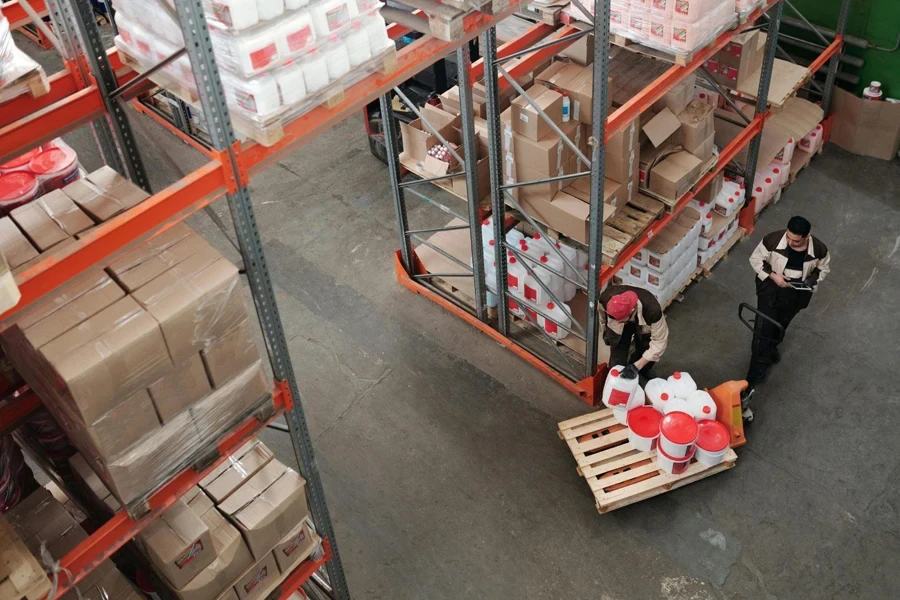
Packaging and labeling presents another common issue closely related to compliance with specific agency requirements, which impacts customs clearance. Ensuring that packaging and labels meet required standards is crucial for successful customs clearance in many countries. In the United States, for example, products such as personal protective equipment or healthcare products may require specific labeling guidelines mandated by different agencies, or even multiple agencies simultaneously.
Generally, palletizing cargo before shipping can minimize potential damages and simplify handling, leading to cost savings. Certain countries also impose strict requirements for pallet materials. In the U.S., only certain types of treated wood and plastic pallets are acceptable to mitigate ecological threats. Failure to adhere to these regulations may result in the return of goods at the sender’s expense.
Staying informed on customs regulations
The essence of customs clearance lies in its role as a bridge to allow goods to flow through the intricate pathways of international trade. This process, essential for the seamless transport of goods across borders, ensures compliance with global trade norms and regulatory mandates. The standard customs clearance process involves thorough inspections, accurate duty calculations based on HS codes, and adherence to Incoterms for payment and release. Additionally, specific customs clearance documentation such as Commercial Invoices, Packing Lists, Bills of Lading, and Certificates of Origin are indispensable for a successful clearance.
Navigating the customs clearance maze requires vigilance against potential obstacles such as inaccurate documentation, regulatory non-compliance, or misinterpretation of HS codes. Success in this domain is built on the foundation of proactive engagement and an unwavering commitment to remain updated on regulatory changes. Staying informed about customs regulations enables businesses to adapt quickly and efficiently, ensuring a focus on core objectives without customs clearance issues.
For further insights and guidance on mastering the customs clearance process, visit Alibaba.com Reads often to stay ahead in all international trade endeavors and to gain more industry insights and business updates.

Looking for a logistics solution with competitive pricing, full visibility, and readily accessible customer support? Check out the Alibaba.com Logistics Marketplace today.

